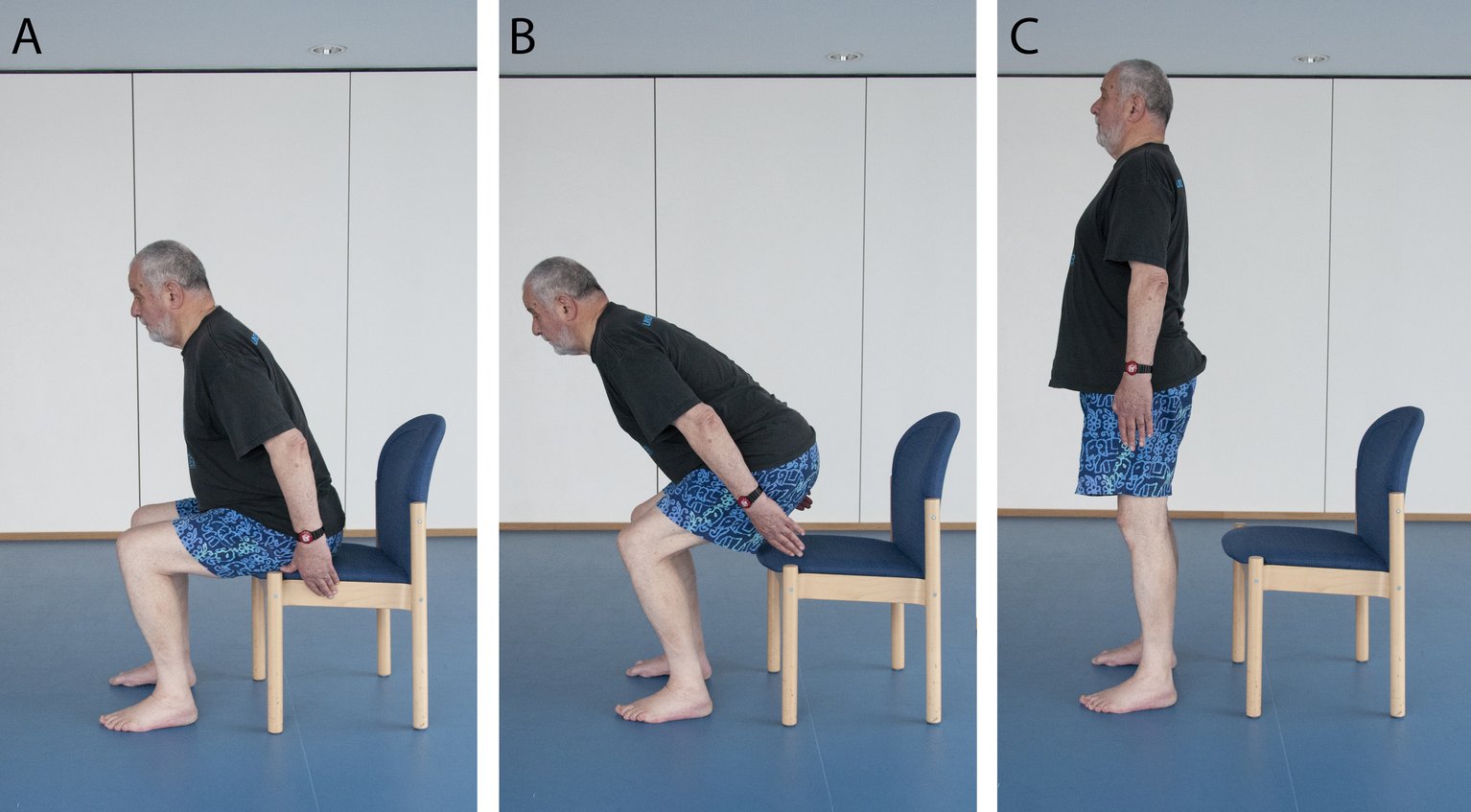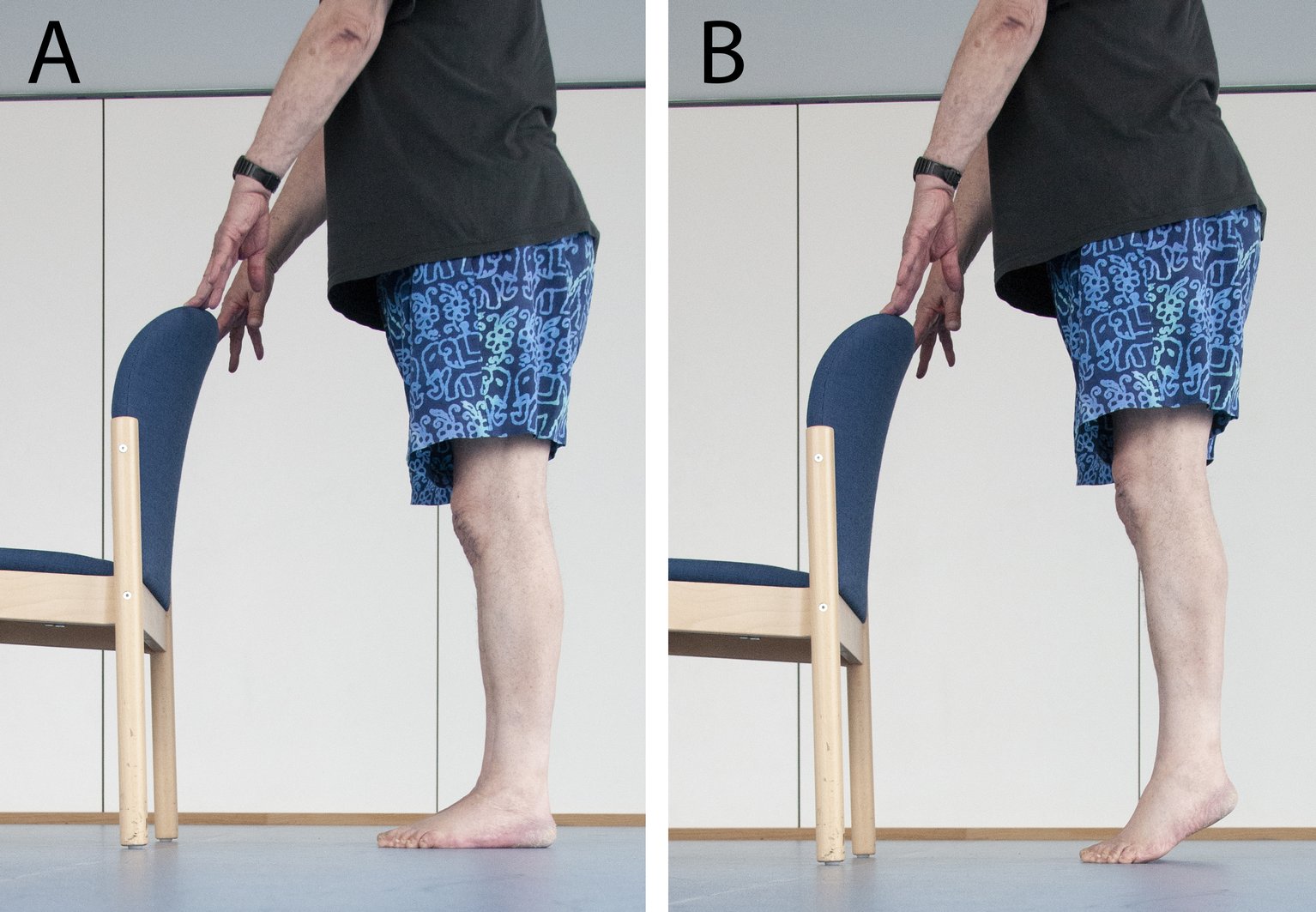In today’s Keep Fit at Home blog for the coronavirus lockdown, we’ll look at a gentle exercise to build and maintain strength. As we grow older and become less active, or struggle with reduced mobility, it’s important to maintain a basic level of strength in our limbs and core.
Stronger muscles not only help us move around more easily, they also help with balance and co-ordination and can reduce the pressure on painful joints by providing good support for the skeleton. As movement becomes more difficult, it’s tempting to give in and move less and less, but this is the wrong thing to do. If you don’t keep using your muscles, you will eventually lose them.
Instead, adopting a regular routine of gentle exercise will help keep you in better condition and prevent rapid deterioration. All the exercises in this series are from the NHS UK website and can be found by clicking here.
For some of these exercises you’ll need a solid, stable chair which doesn’t have wheels and won’t slide away from you on the floor. Most people should be able to do these gentle exercises at their own pace, or modify them slightly to suit their own needs or limitations. Start slowly and build up steadily as you feel able. A little and often is far better than overdoing it.
Wear loose, comfortable clothing and keep some water handy. You should aim to do these exercises at least twice a week, but go at your own pace and listen to your body; if you get out of breath, or dizzy, or something hurts, stop for a while. Aim to increase the number of times you do each exercise (called ‘repetitions’) over time.
 Sit-to-stand: This exercise will help build strength in your legs and abdomen and make it easier to get up and down from a sitting position. If you usually use a walking stick, you could use it for support in this exercise, but try to do most of the work with your legs. First, sit on the edge of the chair with your feet hip-width apart and lean slightly forwards (fig. A). Now lean further forward and stand up slowly, pushing with your legs rather than your arms (fig. B). Keep looking forward and do not look down. Stand upright with your arms by your side (fig. C), make sure you are balanced, then slowly sit down again, bottom first. Aim to do this exercise five times (the slower the better) but it may take some time to build up to five repetitions. If you feel dizzy or unbalanced, stop and recover.
Sit-to-stand: This exercise will help build strength in your legs and abdomen and make it easier to get up and down from a sitting position. If you usually use a walking stick, you could use it for support in this exercise, but try to do most of the work with your legs. First, sit on the edge of the chair with your feet hip-width apart and lean slightly forwards (fig. A). Now lean further forward and stand up slowly, pushing with your legs rather than your arms (fig. B). Keep looking forward and do not look down. Stand upright with your arms by your side (fig. C), make sure you are balanced, then slowly sit down again, bottom first. Aim to do this exercise five times (the slower the better) but it may take some time to build up to five repetitions. If you feel dizzy or unbalanced, stop and recover.
 Mini-squats: This exercise will also strengthen the muscles in your legs and bottom, as well as helping with balance. This time, stand behind your chair, making sure it won’t slide away from you. Rest your hands on the back of the chair for stability and stand with your feet hip-width apart (fig. A). Now slowly dip by bending your knees, going only as far as is comfortable for you (fig. B). Keep your back straight at all times and try to keep your knees in line with the front of your toes. Now gently rise back to a standing position, clenching your buttocks as you do so. The muscles in your buttocks (gluteus maximus) are the largest muscles in the human body, so put them to work. You may find it helps to exhale as you dip and inhale as you stand upright again. Aim for five repetitions.
Mini-squats: This exercise will also strengthen the muscles in your legs and bottom, as well as helping with balance. This time, stand behind your chair, making sure it won’t slide away from you. Rest your hands on the back of the chair for stability and stand with your feet hip-width apart (fig. A). Now slowly dip by bending your knees, going only as far as is comfortable for you (fig. B). Keep your back straight at all times and try to keep your knees in line with the front of your toes. Now gently rise back to a standing position, clenching your buttocks as you do so. The muscles in your buttocks (gluteus maximus) are the largest muscles in the human body, so put them to work. You may find it helps to exhale as you dip and inhale as you stand upright again. Aim for five repetitions.
 Calf raises: This gentle exercise will help strengthen and tone your calf muscles, which will not only make walking easier but also maintain a shapely pair of pins! Again, stand upright behind your chair, resting your hands on the top of the back for stability and support (fig. A). Now lift both heels off the floor, aiming to stand on ‘tiptoes’ but going only as far as is comfortable for you (fig. B). Try to repeat this five times, but don’t go too quickly. This exercise is most beneficial if you do it in a slow and controlled way, feeling the tension in your calf muscles. Once you’re confident with this exercise, try it without resting your hands on the chair back, but keep it in front of you in case you need it.
Calf raises: This gentle exercise will help strengthen and tone your calf muscles, which will not only make walking easier but also maintain a shapely pair of pins! Again, stand upright behind your chair, resting your hands on the top of the back for stability and support (fig. A). Now lift both heels off the floor, aiming to stand on ‘tiptoes’ but going only as far as is comfortable for you (fig. B). Try to repeat this five times, but don’t go too quickly. This exercise is most beneficial if you do it in a slow and controlled way, feeling the tension in your calf muscles. Once you’re confident with this exercise, try it without resting your hands on the chair back, but keep it in front of you in case you need it.
We’ll look at four more strength exercises in tomorrow’s blog, but there’s no reason why you shouldn’t make a start on these first three. If any of them cause you a problem because of your particular circumstances, either avoid that exercise or try to modify it to something that suits you.
Remember, don’t overdo it, but you’ll be surprised how quickly you can build up your repetitions and start to feel the benefits. If you’re worried about starting to exercise, you should begin with somebody there to help and encourage you, but under the current ‘stay at home’ restrictions it must be someone already living with you.
